Hospital Building Systems and the Role of the Check Valves
Hospitals and healthcare environments serve thousands of employees, patients, and visitors 24/7. It is essential that these large campus systems are properly constructed and maintained to produce a safe, effective, and efficient environment for the benefit of all who use these facilities.
These facility systems are complex and include utility services that provide power, heat, water, steam, air, and gas. It is important that appropriate design considerations are taken to ensure system maintainability, economic and energy efficiency, and the ability to adapt to future changes or expansions. Check valves are common throughout all these systems and play an important role in providing protection to pumps and compressors, as well as preventing reverse flow and water hammer.
Utility Services Where Check Valves Are Installed
Power House Systems in Hospitals: Medical campuses use a large amount of energy for equipment such as high-power lighting in operating rooms, air exchange, filtration, and other uses. They rely on continuous supply and backup power systems. There are different types of systems in use, from gas and steam turbines to thermal heat and solar power.
A steam turbine power generation plant is a common type of power plant today. This type of plant converts heat into electricity typically by using a boiler and a turbine to operate an electric generator.
Chiller Systems: These systems are used to create a comfortable interior environment. They use pumps, fans, and other components to provide chilled air via air-cooled or water-cooled condenser systems.
Air & Gas (Nitrous Oxide) Pumping Systems: Industrial check valves are also used in the transport of air and gas throughout hospital systems. They need to be reliable to prevent leakage and minimize the risk of fire and explosion.
Industrial Boiler Systems in Hospitals: Most hospitals use steam boilers to economically heat buildings quickly. These boilers are relied upon for consistent and safe operation, responsible for heating, hot water, humidification, and sterilization, among other vital hospital tasks. They need to keep up with demand, so downtime is not an option.
How a steam boiler works to heat a facility:
- Feed water intake—transferred from the main supply to the boiler system
- Dirt and debris are removed
- A deaerator removes the air from the water
- The water goes into the boiler tank for heating
- Steam is produced by boiling the water
- The steam is sent through pipes and used for heating areas
- Through condensation, the steam turns back into water for reuse
Steam Boiler – Deaerator
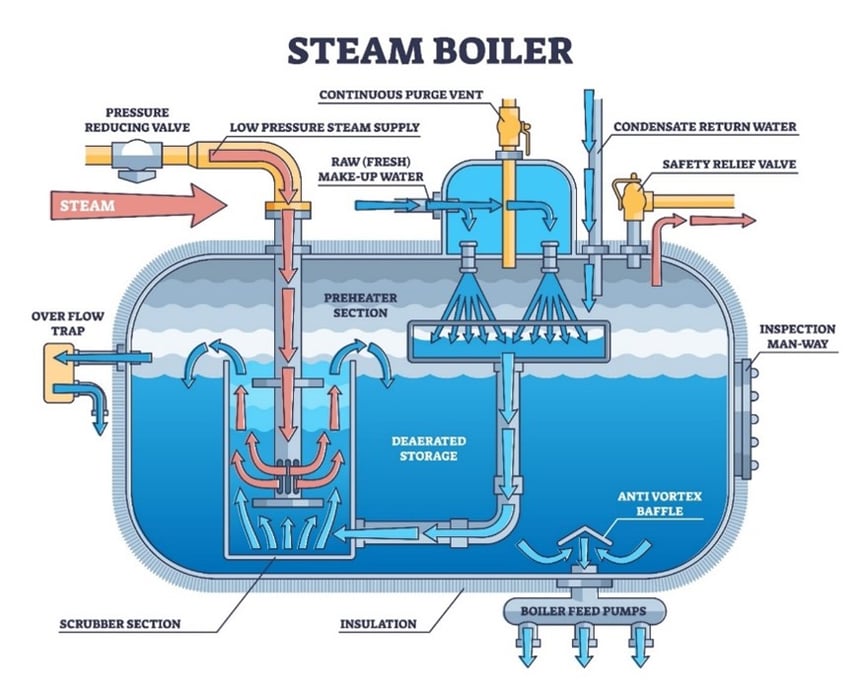
DFT® has an extensive installed base in hospitals, medical centers, and universities throughout the U.S. Our check valves are used in many different applications throughout these campuses.
What differentiates DFT® check valves from other check valves is the distinctive spring-assist technology that prevents reverse flow, reduces the potential for water hammer and vibration, and protects pumps and other valued equipment. Additionally, the low maintenance and long service life provide long-term savings and superior performance.
Check valves play an important role in preventing water hammer and its effects within hospital systems. They also protect pumps within the system from reverse flow. DFT® provides complimentary check valve sizing analysis to ensure stable, maintenance-free operation. This quick and easy DFT® sizing process will ensure significant improvement in check valve performance and reliability. In addition, our sizing process has proven to provide our customers with the lowest cost of check valve ownership far beyond any other commodity-type checks used in most plants today.
DFT® Check Valves Used in Boiler Systems and Building Maintenance
Boiler feedwater systems are challenging due to the potential for high pressure and temperature. DFT® has designed the WLC® Boiler Feed Wafer Style Axial Flow Non-Slam Check Valve for just this application. The WLC® Boiler Feed Check Valves can handle pressures up to 3,705 PSI and Temperatures up to 800 °F.
The WLC® BF wafer check valves provide excellent performance and protection in boiler feedwater systems.
Features:
- A one-piece body that has a ribbed construction
- A welded disc and stem
- 410 stainless steel trim
- Spring-assisted axial flow design
- Center guided non-slam construction
- The WLC® BF is available in:
- Sizes 2½ through 10 inches
- Pressure classes 600/900/1500
DFT® can also offer the Excalibur® or GLC® Check Valve designs if flanged construction is required.
Condensate return systems are integral to boilers. These systems tend to operate at lower pressures and temperatures than feedwater applications. They also tend to have smaller diameter piping. The SCV® can handle pressures up to 2,570 PSI and temperatures up to 510 °F depending on the materials of construction and Cold Working Pressure ratings.
The SCV® provides excellent performance and protection in boiler condensate systems.
The SCV® threaded valves feature:
- Stainless steel construction
- NPT or socket weld ends
- Body guided disc
- Spring-assisted axial flow design
- The SCV® is available in:
- Sizes ½ through 3 inches
- 750 and 3600 Cold Working Pressure
DFT® has many types of check valves designed for use in steam and steam condensate systems, depending on the size, flow, and temperature of the application.
For more information on DFT® check valves and sizing for your application, contact us.






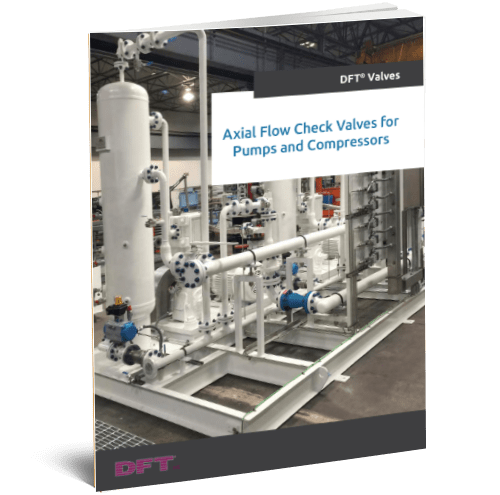
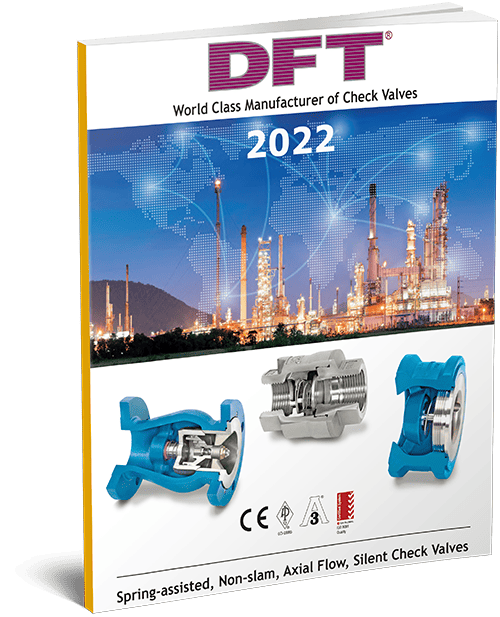
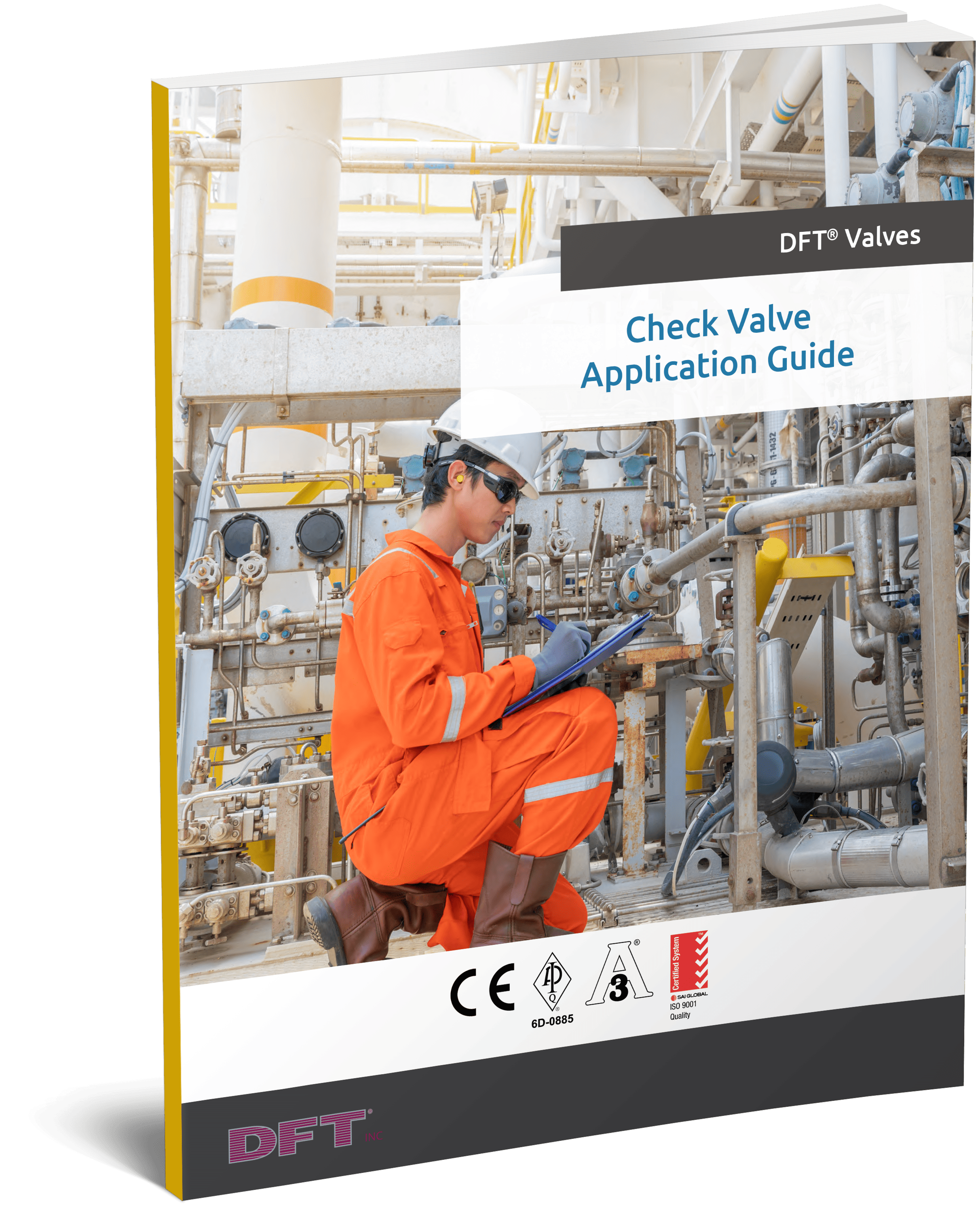

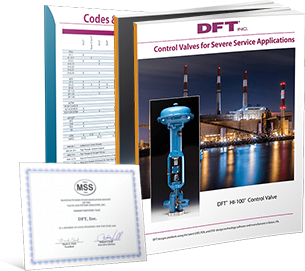
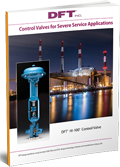
Comments are closed